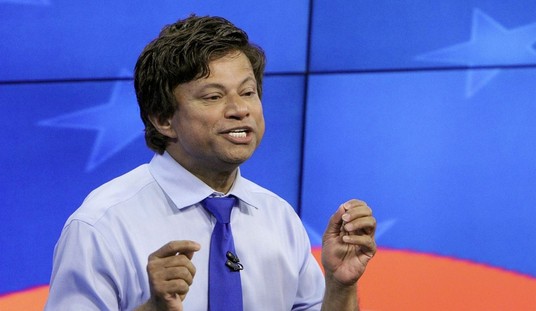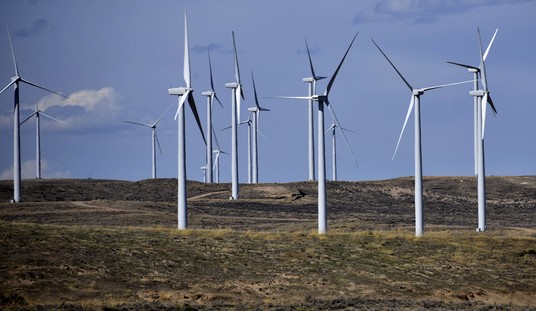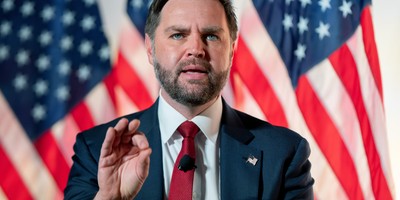Democratic presidents Woodrow Wilson and John F. Kennedy spoke plainly about the fact that higher tax rates on individuals and businesses did not automatically translate into higher tax revenues for the government. Beyond some point, high tax rates on those with high incomes simply led to those incomes being invested in tax-free bonds, with the revenue from those bonds being completely lost to the government -- and the investments lost to the economy.
As President John F. Kennedy put it, "it is a paradoxical truth that tax rates are too high and tax revenues are too low and the soundest way to raise the revenues in the long run is to cut the rates now." This was because investors' "efforts to avoid tax liabilities" make "certain types of less productive activity more profitable than more valuable undertakings," and this in turn "inhibits our growth and efficiency."
Both Democratic president Woodrow Wilson and Republican presidents Calvin Coolidge, Ronald Reagan and George W. Bush said virtually the same thing.
This disconnect between higher tax rates and higher tax revenues is not peculiar to the United States. Iceland and India both collected more tax revenue after tax rates were cut. In Iceland the corporate tax rate was cut from 45 percent to 18 percent between 1991 and 2001 -- and the revenue from corporate taxes tripled at the lower rate.
Recommended
It doesn't always have to be this way. Everything depends on how high the tax rate is initially and how other things are going in the economy. But at least we can do without the claims that tax cuts are just ways of helping "the rich" or that we have to raise the tax rate because we have a deficit. We need more tax revenue, not higher tax rates that can backfire.
This has not always been either a partisan issue or an ideological issue. John Maynard Keynes said in 1933 that "given sufficient time to gather the fruits, a reduction of taxation will run a better chance, than an increase, of balancing the budget."
New York Times economics writer David Leonhardt recently took the "no panacea" approach to rebut the argument for tax cuts. Presidents Bush 41 and Bill Clinton both raised tax rates, and the economy continued to grow, while the economy declined after President Bush 43's tax rate cuts, Leonhardt argued.
The 800-pound gorilla that gets ignored by people who use these talking points is the dominant economic factor of those years -- namely the huge and unsustainable housing boom that led to a catastrophic housing bust that took down the whole economy on Bush 43's watch.
Tax cuts are not a panacea. In fact, nothing is a panacea or else, by definition, all the problems of the world would already be solved.
Ironically, it was Mr. Leonhardt's own newspaper that reported in 2006, "An unexpectedly steep rise in tax revenues from corporations and the wealthy is driving down the projected budget deficit this year."
Expectations are of course in the eye of the beholder. Rising tax revenues in the wake of a cut in high tax rates was a possibility expected by five different administrations, both Democratic and Republican, over a period of more than three-quarters of a century.
No one expected automatic and instant surges in economic growth. Both John F. Kennedy and John Maynard Keynes spoke in terms of the long-run effects of lower tax rates, not the kind of instant results suggested by Mr. Leonhardt's graph of growth rates -- least of all during a very volatile housing market in which American homeowners took trillions of dollars in equity out of their homes.
Back during the 1920s, when there was no such monumental economic factor as the housing boom and bust until 1929, there was a rapid increase in both tax revenues and jobs after the tax rates were cut. Today, the uncertainties generated by an activist and anti-business administration probably have more of a chilling effect on investments than the tax rate does.

























Join the conversation as a VIP Member